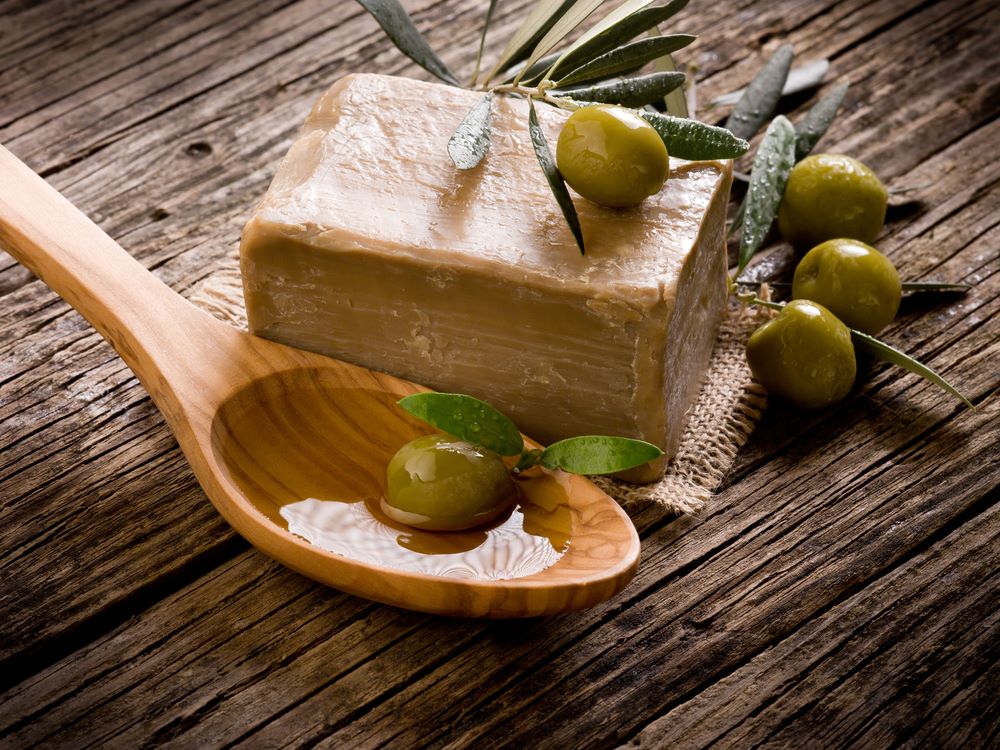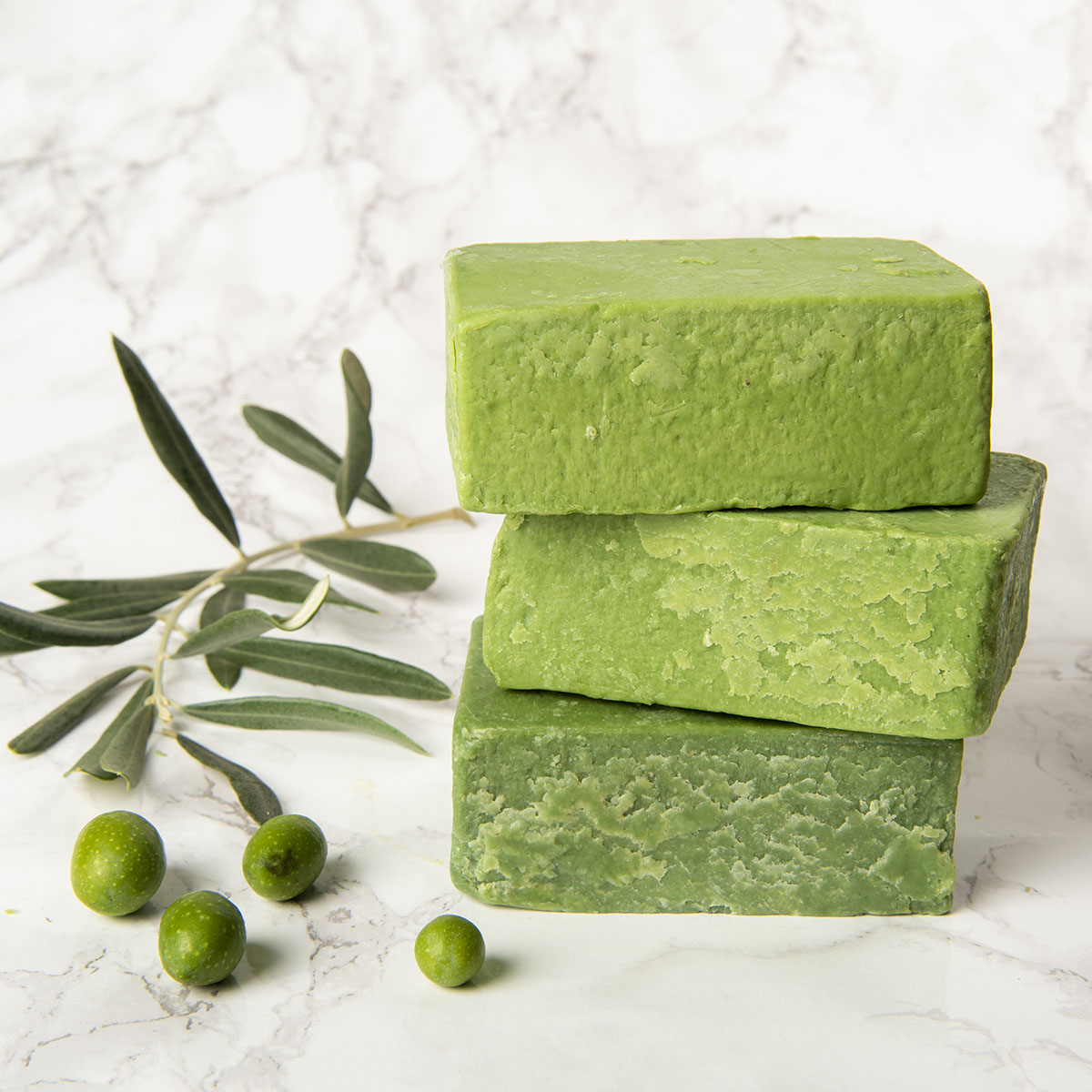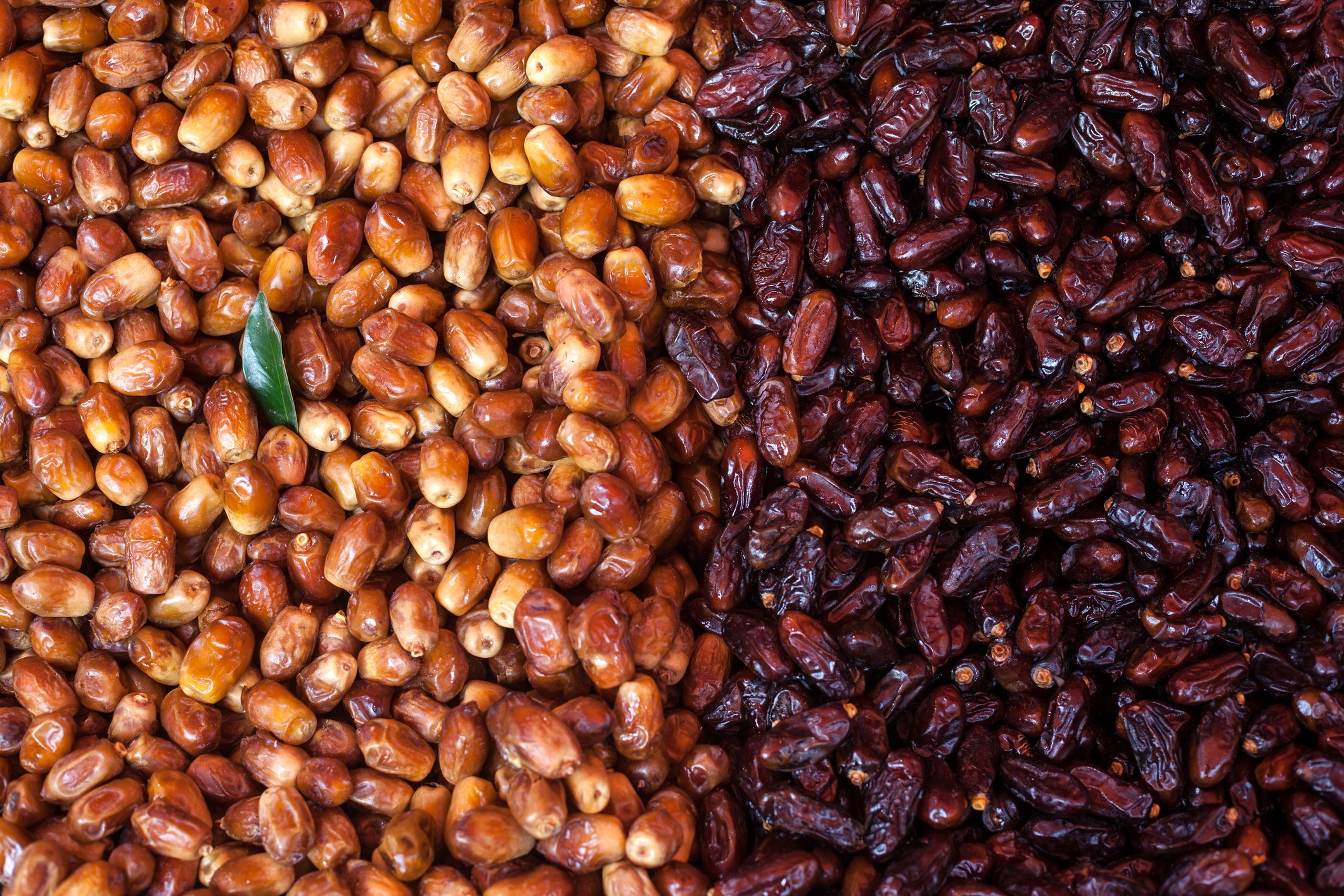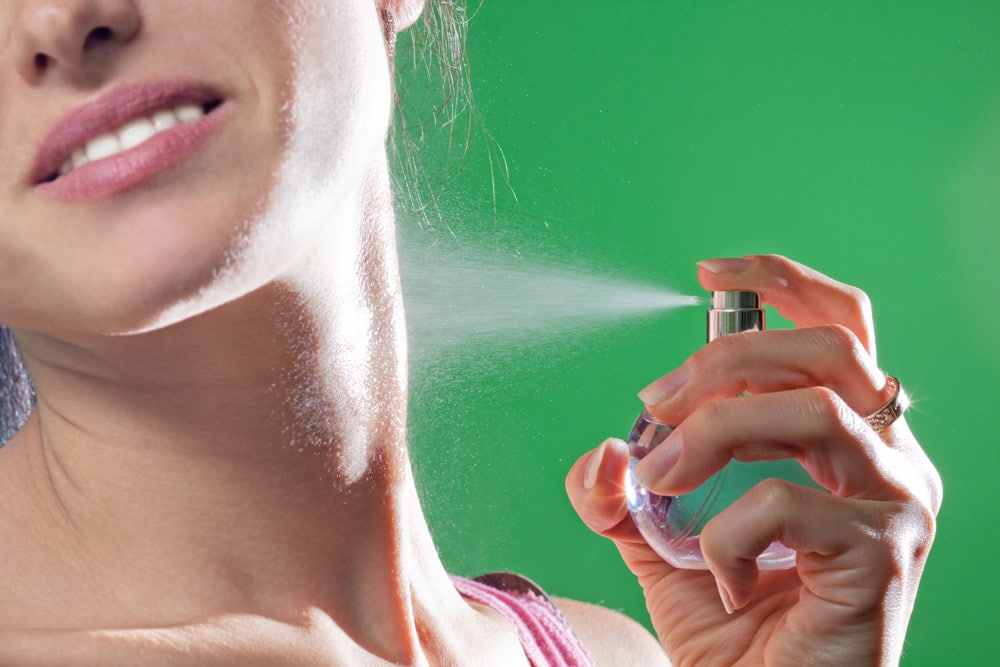How to Make Olive Oil Soap: A Step-by-Step Guide
As a lover of natural ingredients and DIY projects, one great skill to master is making your own olive oil soap. Olive oil soap is not only nourishing and gentle on the skin, but it also provides numerous benefits for overall skin health. Whether you're a beginner or an experienced soap maker, this step-by-step guide will help you create a luxurious olive oil soap right in the comfort of your own home.
Before you begin:
Before diving into the soap-making process, gather all the necessary equipment and ingredients. Here's a list to get you started:
Equipment:
- Safety goggles and gloves
- Mixing bowl
- Heat-resistant container or stainless steel pot
- Stick blender
- Rubber spatula
- Soap molds
- Thermometer
- Digital kitchen scale
Ingredients:
- 500 grams of extra virgin olive oil
- 68 grams of sodium hydroxide (lye)
- 140 grams of distilled water
- Optional: Essential oils, herbs, or natural colorants for fragrance and design
Now, let's get started with the soap-making process:
Step 1: Safety first
Soap-making involves working with caustic substances like lye, so it's important to prioritize safety. Wear safety goggles and gloves to protect your eyes and skin from any accidental splashes or spills.
Step 2: Preparing the lye solution
Find a well-ventilated area and carefully add the measured amount of sodium hydroxide (lye) to distilled water, never the other way round. Stir the mixture until the lye crystals dissolve completely. The solution will generate heat and emit fumes, so ensure you're in a well-ventilated space and avoid inhaling the fumes directly.
Step 3: Preparing the oils
Measure the recommended amount of extra virgin olive oil and transfer it to a heat-resistant container or stainless steel pot. Gently warm the olive oil on a low heat setting until it reaches around 40°C (104°F). Heating the oil will make it easier to incorporate the lye solution later on.
Step 4: Combining the lye solution and oils
Now it's time to blend the lye solution and warm olive oil together. Slowly pour the lye solution into the pot containing the olive oil, while using a stick blender to mix the two components together. Blend until the mixture reaches a consistency known as "trace," where it thickens and leaves visible trails when you lift your blender out of the mixture.
Step 5: Adding extras
This step is optional but fun. You can customize your olive oil soap with essential oils, herbs, or even natural colorants. If desired, add a few drops of your chosen essential oils for fragrance and stir in herbs or natural colorants for a visually appealing touch. Mix everything well.
Step 6: Pouring and molding
Prepare your soap molds by coating them with a thin layer of olive oil or lining them with parchment paper. Carefully pour your olive oil soap mixture into the molds, ensuring you fill them evenly. Gently tap the molds on a hard surface to remove any air bubbles.
Step 7: Curing and cutting
Cover the soap molds with a clean cloth or plastic wrap to insulate them, allowing the soap to go through the saponification process. Typically, it takes about 24 to 48 hours for the soap to solidify. Once solid, carefully remove the soap from the molds and cut them into desired shapes and sizes. Arrange the cut bars on a drying rack or a piece of parchment paper.
Step 8: Curing and storing
Place the soap bars in a cool, well-ventilated area to cure for at least four to six weeks. This process allows the soap to fully harden, mellow, and reduce its water content. Properly cured soap will result in a longer-lasting bar that produces a rich lather. After curing, store your olive oil soap in a cool, dry place away from direct sunlight.
Congratulations! You've successfully crafted your own luxurious olive oil soap. Enjoy the process of making your soap, experimenting with different scents, and reaping the naturally moisturizing benefits of olive oil for your skin. Happy soap-making!



 Admin
Admin 




